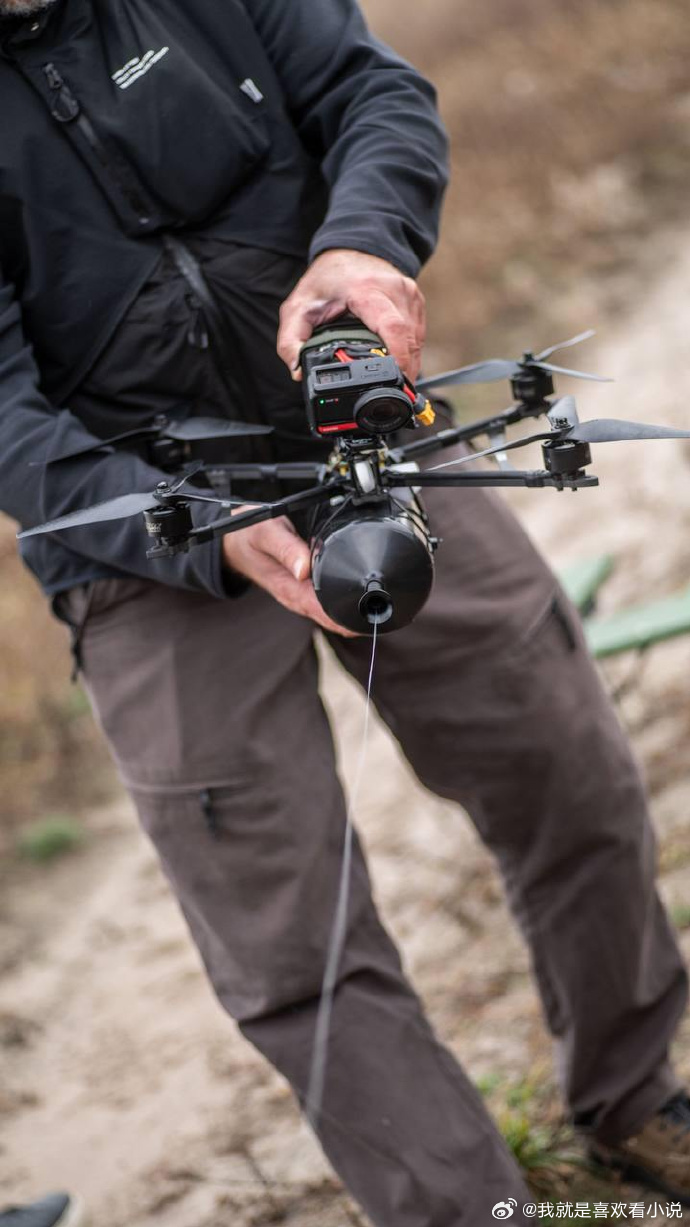In the realm of modern technology, the advent of the GPS drone with camera has revolutionized the way we capture the world from above. These devices are not only a marvel of engineering but also a gateway to spectacular aerial photography and videography, offering breathtaking views that were once impossible to achieve from the ground. Equipped with GPS systems, these drones can hover in place, follow programmed routes, and return home with remarkable precision, ensuring that even amateur users can capture professional-grade content.
What Makes GPS Drones with Cameras Stand Out?
First and foremost, the integration of GPS technology with high-quality cameras has been a game changer. This combination allows drones to maintain stable flight paths—even in windy conditions. The GPS functionality enables drones to perform functions like waypoint navigation and automated flight paths, making them ideal for a variety of applications, from mapmaking and agriculture to search and rescue missions. These drones come equipped with sophisticated cameras that offer high resolutions, wide angles, and even zoom capabilities, making them perfect for capturing landscapes, wildlife, and events.
Key Features of GPS Camera Drones
- Stability and Precision: GPS allows for steadier flight, which is critical for capturing clear and sharp images or videos.
- Automated Functions: From return-to-home protocols to following specific subjects using smart tracking, these functions make flying and filming easy for users of all levels.
- High-Resolution Cameras: Many models come with cameras capable of shooting 4K video and capturing high-resolution stills, giving you the flexibility to create stunning content.
Moreover, the software accompanying these drones often includes enhanced editing capabilities, allowing users to tweak and perfect their footage easily. The ability to manage brightness, contrast, and sharpness while on-the-go offers photographers and cinematographers unprecedented flexibility.
The Pathway to Outdoor Exploration
For those passionate about outdoor adventure, having the GPS drone with camera is akin to adding another dimension to the exploration toolkit. Whether you’re trekking through the dense forests, climbing towering mountains, or sailing into the vast open sea, capturing your journey from the air provides a unique perspective that enhances storytelling. Drones equipped with GPS ensure you remain focused solely on capturing the perfect shot while the technology handles the flight path logistics.
Applications Beyond Photography
The versatility of GPS camera drones makes them useful well beyond the realm of just photography.
- Environmental Monitoring: Drones have become indispensable in tracking wildlife, monitoring changes in landscapes, and even assessing natural disasters.
- Real Estate: Providing aerial views of property, these drones enhance listings by offering unique perspectives that a ground-level shot simply cannot achieve.
- Infrastructure Inspection: From bridges and towers to powerlines, drones provide a safer and more efficient way to inspect large-scale structures.
Safety and Regulations to Keep in Mind
To operate a GPS drone with camera safely, it’s essential to be aware of local aviation rules and regulations. Most areas require drone registration and may have specific no-fly zones. It’s critical to check these guidelines to avoid fines and ensure a safe flying experience. Additionally, the use of propeller guards can prevent damage to both the drone and what it might accidentally come into contact with.
FAQs on GPS Drones with Cameras
Q: How long can these drones typically fly?
A: The average flight time for most GPS drones is around 20 to 30 minutes per battery. However, this can vary based on drone model and weather conditions.

Q: What’s the best way to maintain a drone?
A: Regular maintenance includes checking the propellers and battery condition before flight, updating the software, and ensuring all components are clean and free of debris.
Q: Can these drones fly in any weather?
A: GPS drones can handle mild wind, but it’s best to avoid flying in rain or high winds to prevent damage.